The semiconductor shortage sparked by the pandemic is showing no signs of slowing down. Although auto manufacturers were some of the first affected, the shortage has now spread and is impacting all sorts of projects, including the Smoothieboard open-source CNC controllers.
[Chris Cecil] walks through the production woes they’ve had over the last few months. It began this spring with a batch of the V1.1 boards. The prices of some of their chips started jumping, and then they were informed that the microcontroller that serves as the brains of the Smoothieboard was only available for five times the old price. In the end, they placed a smaller order, and V1.1 Smoothieboards will likely be scarce until the microcontroller’s price returns to normal.
Getting V2 of the boards into production has been even more difficult. Just weeks before the final prototype, it was discovered that the LPC4330 microcontroller the V2 was built around was also sold out worldwide. With the shortage in mind, a hole was left in the layout of the final version of V2 so that they could finish the design around whatever microcontroller they were able to get. In the end, they were able to lock down a supply of STM32H745 controllers, which are actually substantially more capable than the original device.
If you’re interested in the origins of the chip shortage, this article from January is a good place to start. This isn’t the first time parts shortages have wreaked havoc on the world of electronics—does anyone remember the global resistor shortage of ’18?

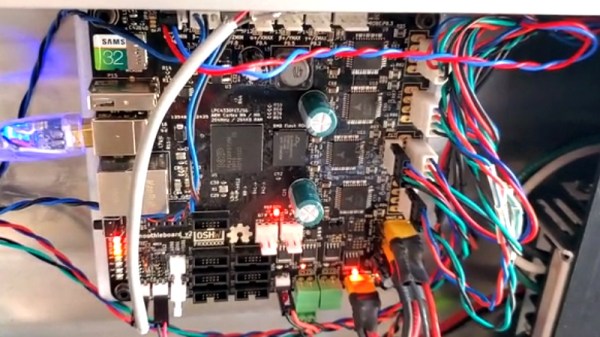
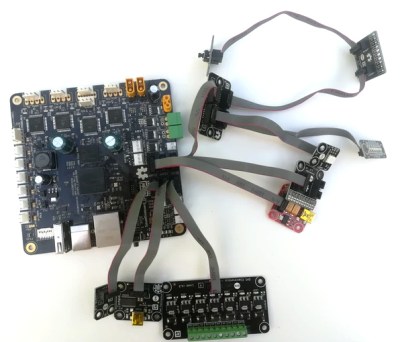
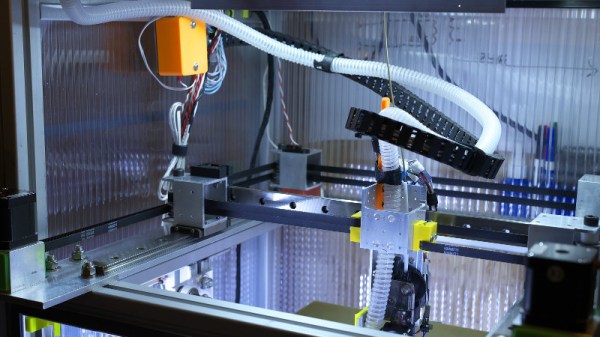
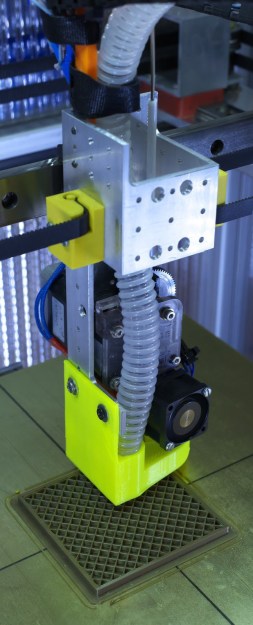
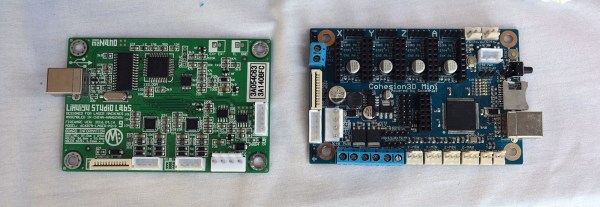

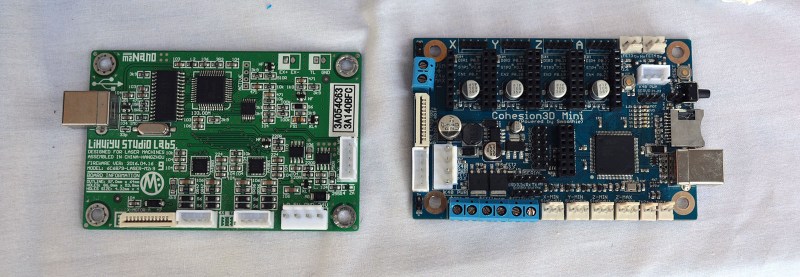
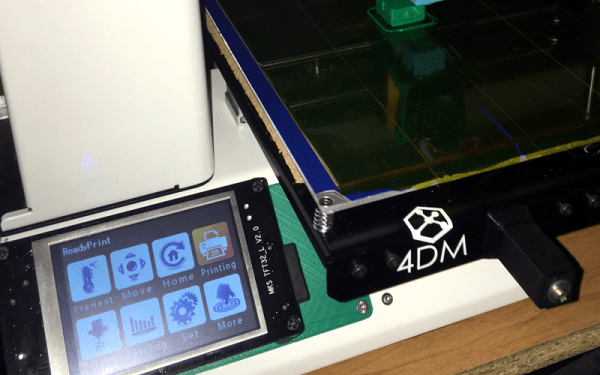


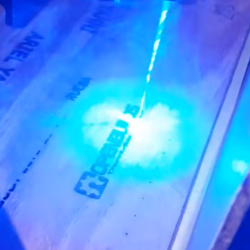 LaserWeb3 supports different controllers and the machines they might be connected to – whether they are home-made systems, CNC frames equipped with laser diode emitters (such as retrofitted 3D printers), or one of those affordable blue-box 40W Chinese lasers with the proprietary controller replaced by something like a
LaserWeb3 supports different controllers and the machines they might be connected to – whether they are home-made systems, CNC frames equipped with laser diode emitters (such as retrofitted 3D printers), or one of those affordable blue-box 40W Chinese lasers with the proprietary controller replaced by something like a 









